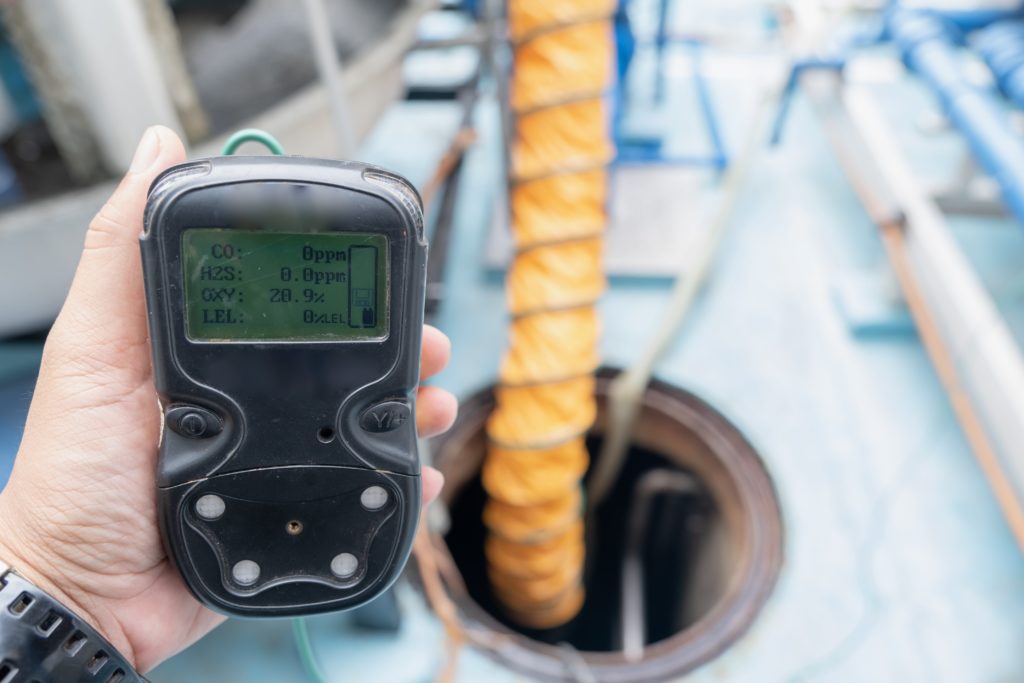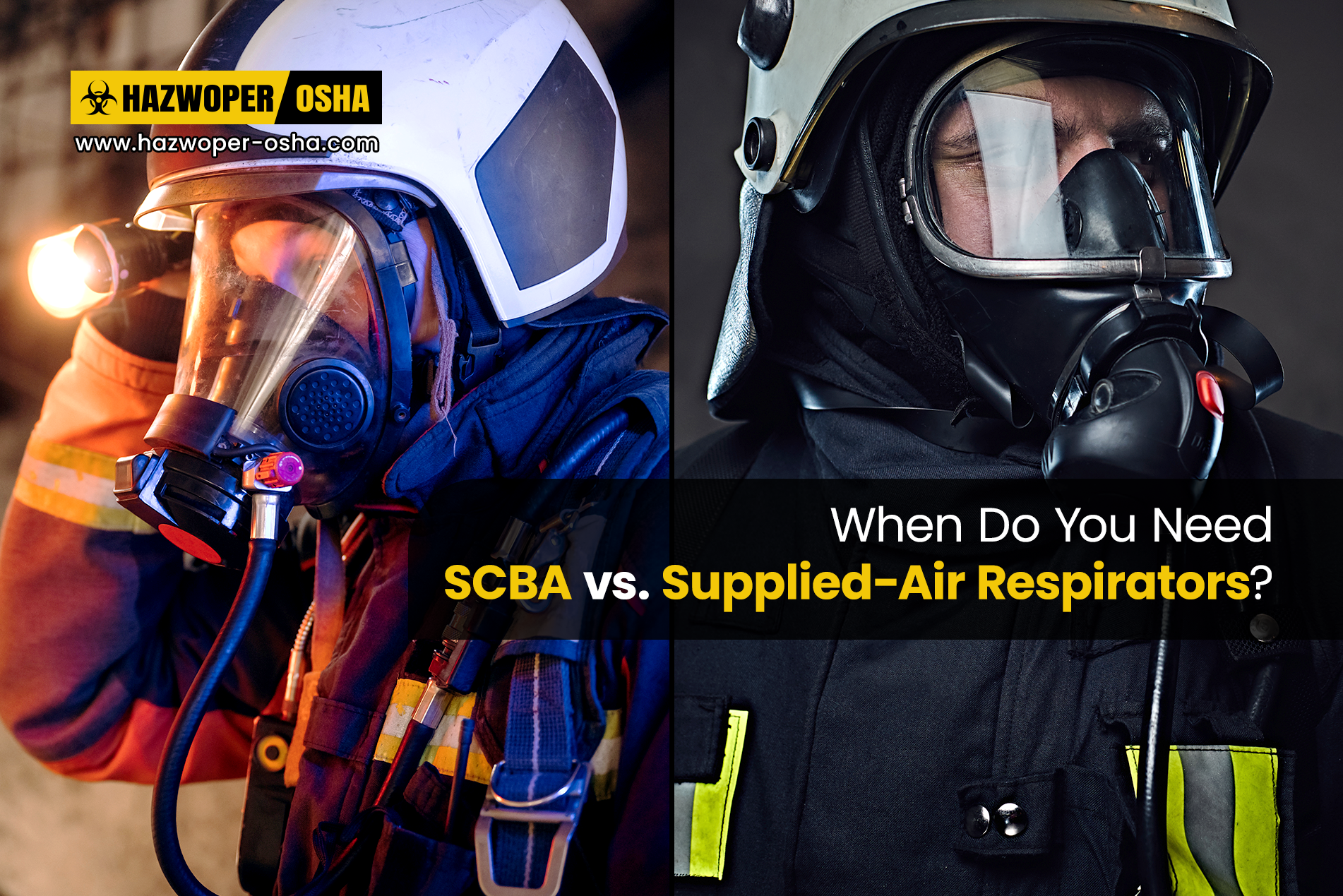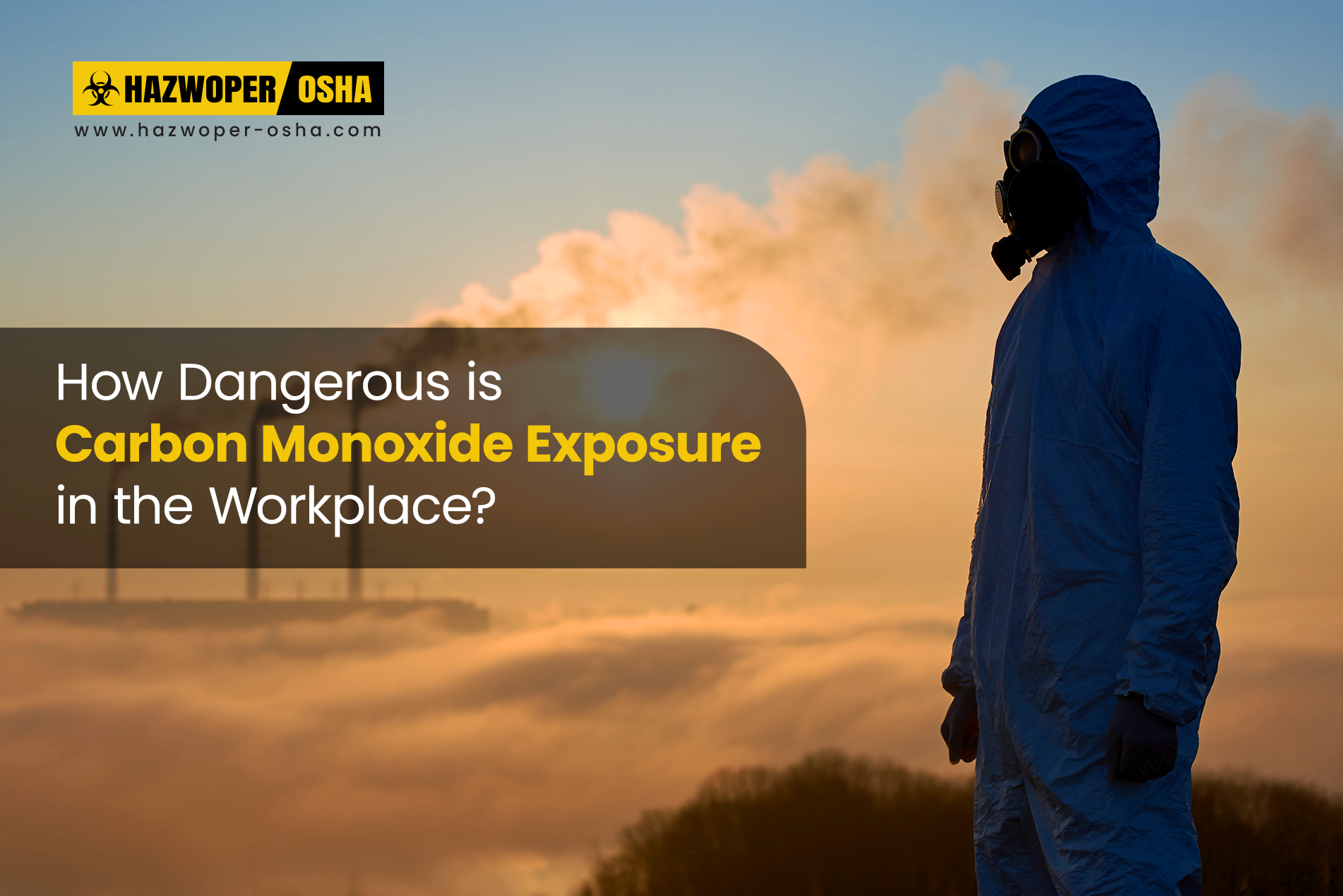Choosing the Right Gas-Meter for You!

In my last blog, I talked about the limitations of gas meters. In this article, I will focus on what type of gas meter may be right for your business and the considerations that you should be aware of when choosing a gas meter. First, you must recognize which vapors or gases you will be encountering. It may be one or two dedicated products, or by-products, that your business or establishment encounters on a regular basis. On the other hand, maybe your business is in the emergency services that respond to multitudes of potentially hazardous gases or vapors on a daily basis. Then consider the atmosphere - is it Group 1 (Mining), Group 2 (surface industries), or Group 3 (explosive dusts)? Is it a dusty and cloudy atmosphere or is it a dusty and layered atmosphere? Note, layered (settled) atmospheres can have substantially lower auto-ignition temperatures compared to cloudy atmospheres.
Below is typically the standard for fixed facilities regarding Hazardous Locations:
| TABLE 1: NFPA 70 NEC Hazardous Locations Classes, Divisions, and Groups | ||
| Class | Division | Group |
| I – Flammable gases or vapors may be present | 1 – Ignitable concentrations of hazards exist under normal operating conditions and/or where the hazard is caused by frequent maintenance or repair work or frequent equipment failure
2 – Ignitable concentrations of hazards exist under abnormal operation conditions |
Group A – Acetylene
Group B – hydrogen, butadiene, ethylene oxide, propylene oxide, and acrolein Group C – Ethylene, cyclopropane, and ethyl ether Group D – Acetone, ammonia, benzene, butane, ethanol, gasoline, hexane, methane, methanol, methane, naphtha, natural gas, propane, and toluene |
| II – Combustible dust may be present | 1 – Ignitable concentrations of hazards exist under normal operation conditions and/or where the hazard is caused by frequent maintenance or repair work or frequent equipment failure
2 – Ignitable concentrations of hazards exist under abnormal operation conditions |
Group E – Combustible metal dusts: aluminum, commercial alloys, and magnesium
Group F – Combustible carbonaceous dusts: carbon black, charcoal, coal, and coke dusts Group G – Other combustible dusts: Chemicals, flour, grain, plastic, and wood |
| III – Easily ignitable fibers or flying’s may be present | 1 – Ignitable concentrations of hazards exist under normal operation conditions and/or where the hazard is caused by frequent maintenance or repair work or frequent equipment failure
2 – Ignitable concentrations of hazards exist under abnormal operation conditions |
Not Applicable |
There are also Hazardous Location Zone ratings that must be considered when choosing a gas meter to suit your worksite needs:
| TABLE 2: NFPA 70 NEC Hazardous Locations Groups | ||
| Hazard | Hazard Zone | |
| 0 – Ignitable concentrations of flammable gases or vapors which are present continuously or for long periods of time | ||
| Gases, Vapors, and Mists | 1 – Ignitable concentrations of flammable gases or vapors which are likely to occur under normal operating conditions; may exist frequently because of repair/maintenance operations or leakage; or equipment is operated in a manner that equipment breakdown/faulty operations could result in the release of ignitable concentrations of flammable gases or vapors and failure of the equipment | |
| 2 – Ignitable concentrations of flammable gases or vapors which are not likely to occur under normal operating conditions and if they do will only persist for a short period of time; or volatile flammable liquids, gases, or vapors are confined within closed containers/systems and can escape only as a result of an accidental rupture; or volatile flammable liquids, gases, or vapors are normally prevented by positive mechanical ventilation, but may become hazardous due to system failure | ||
| 20 – Combustible dusts or ignitable fibers/flying's are present continuously or for extended periods of time | ||
| Dusts and Fibers/Flying's | 21 – Combustible dusts or ignitable fibers/flying's are likely to occur under normal operating conditions; or may exist frequently because of repair/maintenance operations or leakage; or equipment is operated in a manner that breakdown/faulty operations could result in the release of ignitable concentrations of combustible dust or fibers/flying's and failure of the equipment | |
| 22 – Combustible dusts or ignitable fibers/flying's are likely to occur under normal operating conditions; or may exist frequently because of repair/maintenance operations or leakage; or equipment is operated in a manner that breakdown/faulty operations could result in the release of ignitable concentrations of combustible dust or fibers/flying's and failure of the equipment | ||
Also, check and understand the Hazardous Group ratings to which your organization belongs:
| TABLE 2: NFPA 70 NEC Hazardous Locations Groups | ||
| Group I | Group II | Group III |
| Explosive gas atmospheres other than mines susceptible to firedamp – Group II equipment is subdivided into three subgroups | Explosive dusts – Group III equipment is subdivided into three subgroups | |
| Mines susceptible to firedamp (flammable mixture of gases naturally occurring in a mine | A – Atmospheres containing acetone, ammonia, ethyl alcohol, gasoline, methane, propane, or gases/vapors of equivalent hazard | A – Atmospheres containing solid particles and fibers greater than 500 microns that could be suspended in air and settle out |
| B– Atmospheres containing acetaldehyde, ethylene, or gases / vapors of equivalent hazard | B – Atmospheres containing combustible dusts other than combustible metal dusts | |
| C – Atmospheres containing acetylene, hydrogen, or gases/vapors of equivalent hazard | C – Atmospheres containing combustible metal dusts | |
Why are these Tables Important?
Determining the Class, Division, and Group; or Zone and Group is critical to correctly applying the requirements for a given hazardous location as per the requirements in Tables 1, 2, and 3, above. Comparisons between the two systems are not easily accomplished. Which system is preferred depends on the user’s preference, how the areas are classified, and the wiring system that is used. For instance, the zone system has a wider use in the chemical and petrochemical industries, than others.
Temperature Classification of the Gas-Meter
Additionally, the Temperature Classification of the meter is based on the maximum temperature that any relevant part of the gas-meter contacting a flammable (explosive) gas, can reach. This classification identifies the minimum ignition temperature threshold for the hazardous area. In other words, for the explosive or combustible environment to ignite, it would need to be subjected to a temperature more than this value.
The values applied to this T-Class classification run from T1 to T6.
The relationship between ‘T’ class and the maximum permissible temperature in °C of any surface in contact with flammable gas or ignitable dust.
Here’s an example based on – 20ºC to + 40ºC ambient air temperature.
A classification of T1 means the minimum ignition temperature is >450 °C [842 °F], while classification of T6 means the minimum ignition temperature is >85 °C [185 °F].
| TABLE 4: Temperature Classifications | |
| CLASS | SURFACE TEMPERATURE °C |
| T1 | <450 |
| T2 | <300 |
| T3 | <200 |
| T4 | <135 |
| T5 | <100 |
| T6 | <85 |
This classification indicates to the end-user, for their consideration, the maximum temperature that the equipment might reach. It is understood that equipment should not be installed in an explosive atmosphere where the surface temperature is greater than 80 percent of the auto-ignition temperature of the gas. For example, an equipment with a T1 temperature classification may be suitable for a methane atmosphere that has an auto-ignition temperature of 580 °C but is not suitable for Acetylene with an auto-ignition temperature of 425 °C. This would make the T-6 rating obviously the safest rating when checked against Table 5 above, a rating that emergency services would be interested in due to the wide range of potential gases or vapors they may encounter. However, it is worth noting that these ratings are more applicable to fixed systems.
Gas Meter Markings
The following are some typical ratings you will find on meters:
- Class/Division system
- Approved equipment is marked according to which Class (I, II, or III), Division (1 or 2), Group (A, B, C, D, E, F, or G), and temperature code (T1 through T6) that it is rated for.
- For intrinsically safe equipment the words “Intrinsically Safe” or “IS” will precede the actual approval marking to indicate it as being intrinsically safe.
Examples of Markings on Gas Meters
Hazardous Locations Classification and Hazardous Locations Markings:
ATEX Directive (Europe)
In addition to the European Ex marking string noted above, this marking may include: 
In Closing
I hope I’ve enlightened you to some of the most significant ratings when researching for a prospective meter purchase. Recognizing the potential atmospheres you may encounter, is of the utmost significance. Doing your homework on the purchase of the right meter for your business is fundamental to doing something right! I implore you to get online and research meters and check out their manuals before you inadvertently cause more harm than good.
If you are interested in gas meters, then you may also be interested in our catalog of online courses dealing with gas meters. Some of our online safety training courses, such as Confined Space Awareness; Competent Person for Excavation, Trenching, and Shoring; and the HAZWOPER series give detailed information on testing atmospheres for hazardous gases.
Stay safe everybody!
Stay tuned for my next Blog: Ventilation Shortcomings: Is it Really Ventilated?
Michael J. Conroy, Retired Battalion Chief/Paramedic, Chicago Fire Dept. with 36 years of experience, is also a Certified Safety Professional (CSP) and Construction Health & Safety Technician (CHST). Mike is also an OSHA-Authorized Trainer and a certified Fire Dept. Safety Officer. Mike has vast experience and holds advanced certifications in confined space, fall protection, rigging, excavation rescue and all the hazardous material disciplines, among many other certifications in the safety field. Mike will continue to write and speak on safety topics and share his years of safety experience through this media.

 EN |
EN |  ES
ES

























































































































